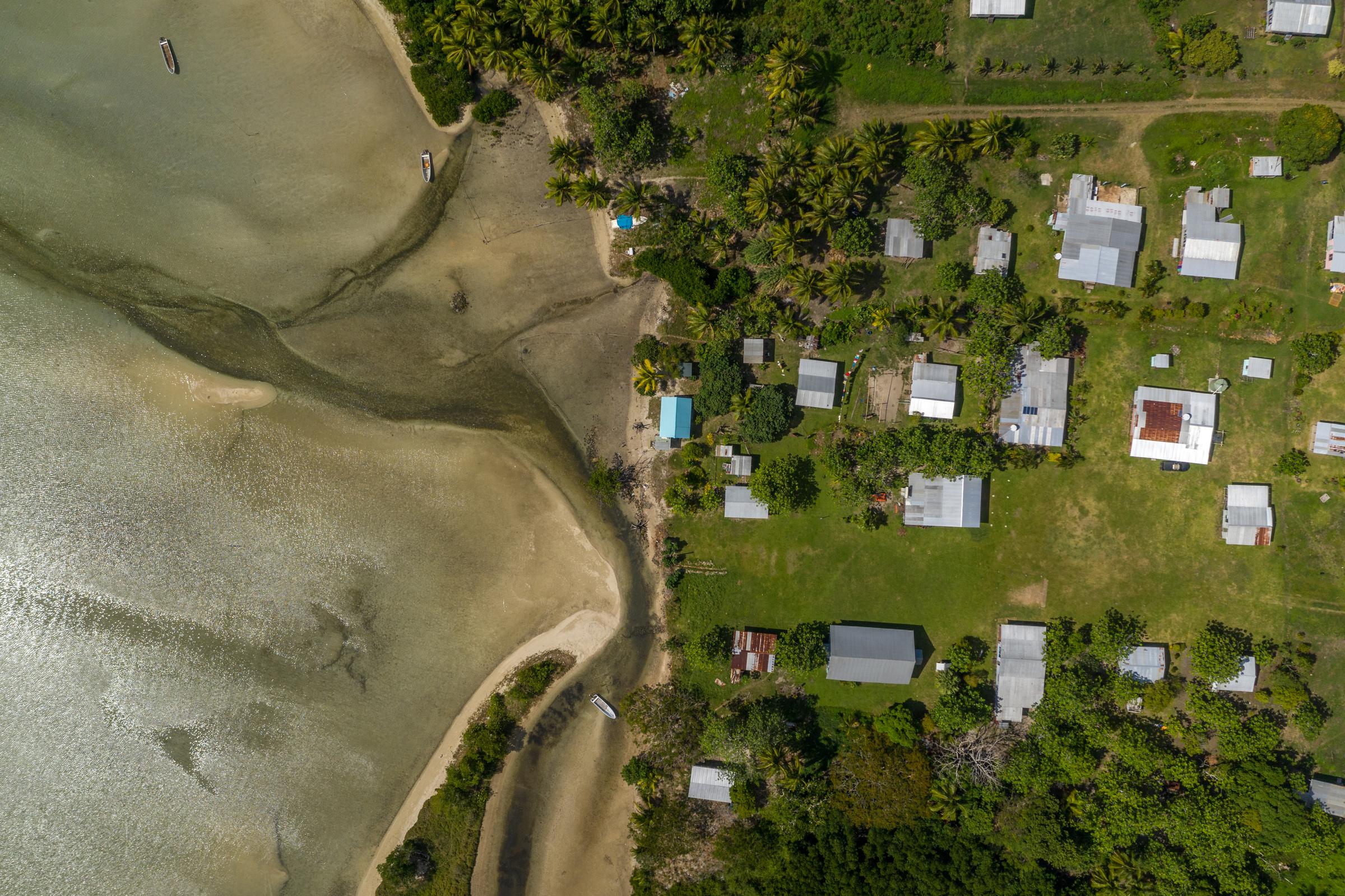
Communities coping with climate change
In September 2019, the Intergovernmental Panel on Climate Change (IPCC) released a special report on the Oceans and Cryosphere in a Changing Climate, which WWF made a significant scientific contribution to.
This report lays out in stark detail the impact climate change will have on the world’s frozen places, on our oceans and coastal areas, as well as the many millions of people that will be affected, and in some cases forced to leave their homes.
Around the world today, people are already living with the effects of vanishing ice, sea level rise and coastal erosion, which are destroying communities, impacting livelihoods and severely impacting traditional lifestyles.
Click a region to learn more.
Port Heiden, Alaska
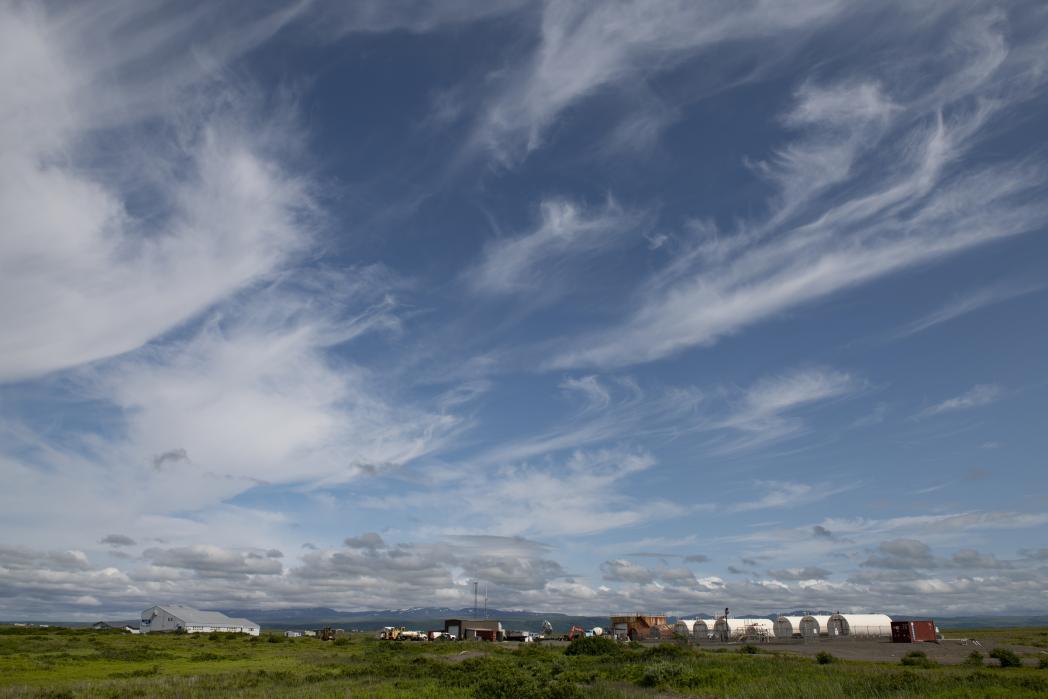
Port Heiden is a native village of just over 100 people located 400 miles west of Anchorage on the Alaska Peninsula. It is only accessible by boat and plane. The entire village relocated - including buildings - in the late 1980s, as the coastline eroded and houses washed in to the sea. The new village moved about 5km away from the shore, severely impacting the community’s traditional subsistence lifestyle. The area still loses coastline every year.
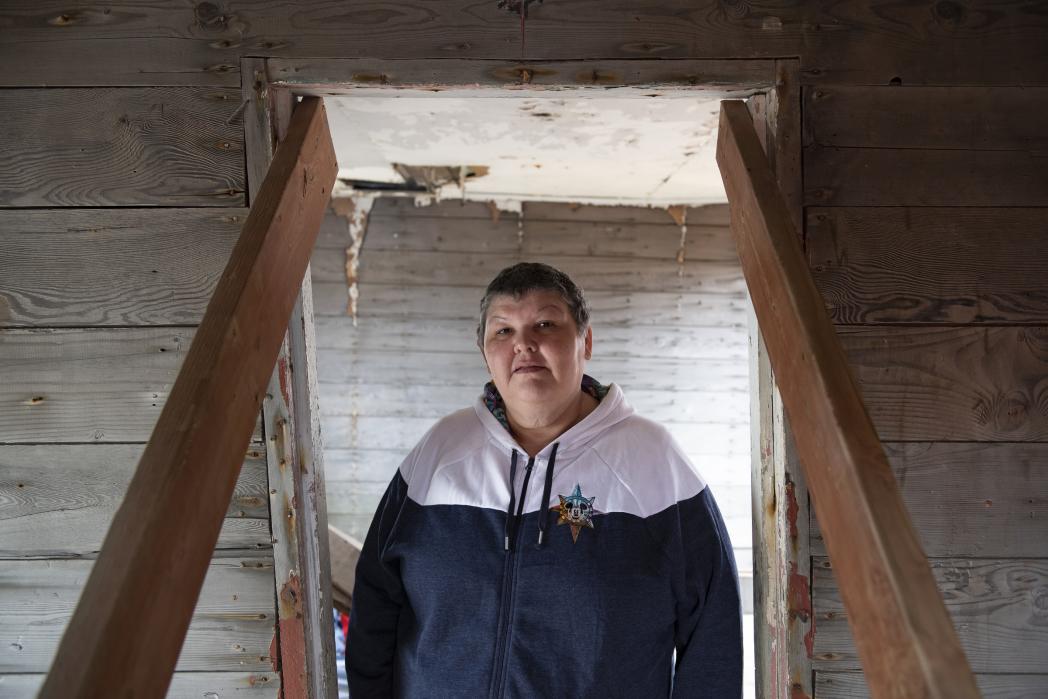
Gerda Kosbruk is the Village Administrator and lifelong resident of Port Heiden. Gerda is passionate about her community’s struggle and the need for them to adapt and figure things out for themselves. Still, she expresses a hope that the world won’t forget about them.
"We watched our homes go into the ocean" said Gerda. "Where I played as a child is not there. How many people can say that where they grew up no longer exists? Not many people can tell that story. And we’re worth saving. We’re worth being here.”
“But do we have to keep moving? When we started we were so many miles away from the ocean. Leaving the ocean was different for us. We lived by the bay and so we had to move way up, but now it’s coming in again...when does it stop? You have to think about, is it gonna stop?”
"Climate change in Alaska is bigger. It’s different, it’s real people having to move," adds Adrianne Christianson (Gerda's niece). "This is our place. And our culture is really tied to this land and to our food and so that’s going to be really hard to hold onto, and we’re doing everything that we can to keep that alive. It's all our families working together to make sure that our place is still here, to make sure that we’re safe, to make sure that our homes are safe."
Chittagong, Bangladesh

Chittagong is the second-largest city in Bangladesh, densely populated with over 4 million people. It’s often regarded as the commercial capital of Bangladesh, with its port handling most of the country's foreign trade.
Considering present warming trends, a 2013 World Bank paper suggests that Bangladesh will be hit by increasing river floods, more intense tropical cyclones, very high temperatures, and rising sea-levels. This could leave some areas completely submerged, as well as affecting power, food and health.
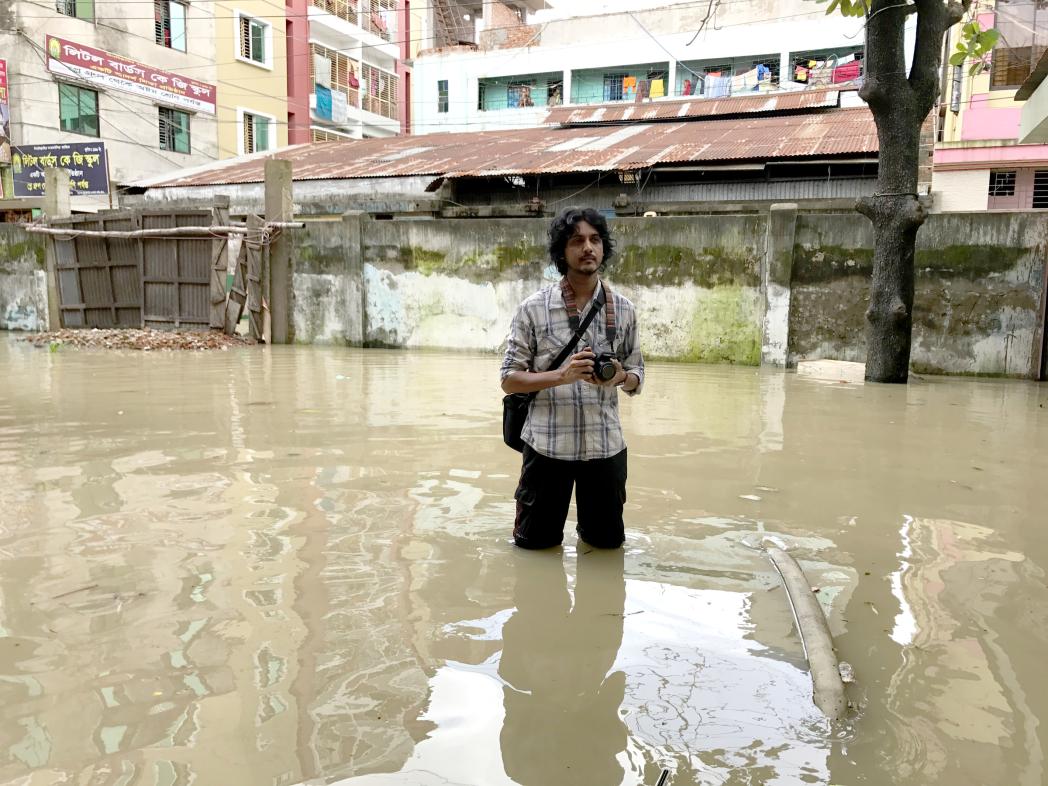
Jashim Salam is a photographer in Chittagong. He grew up there and still lives in his parents’ old home with his wife and daughter, along with his 6 older brothers and their families. He’s made it his mission to photograph the flooding that causes havoc there.
“In the past few years, climate change has begun to take a major toll on my home city. Tidal surges – water levels rising significantly above the predicted tide levels – are affecting the city as often as twice a day, resulting in frequent flooding of homes and businesses. Parts of my neighbourhood have been destroyed. My relatives, neighbours, and local people have all been affected – children can’t go to school in these floods as the whole road is underwater and it's very dangerous.”
“Many leave during the floods and then come back after the floods end. Most don’t want to leave their homes - it's expensive to move and rent is high. They try to prevent water coming in the best way they can, but it keeps rising every year. I decided I had to find an option – either leave or do something, so I could stay here. So I've made a living space on our rooftop.”
Raviravi, Fiji
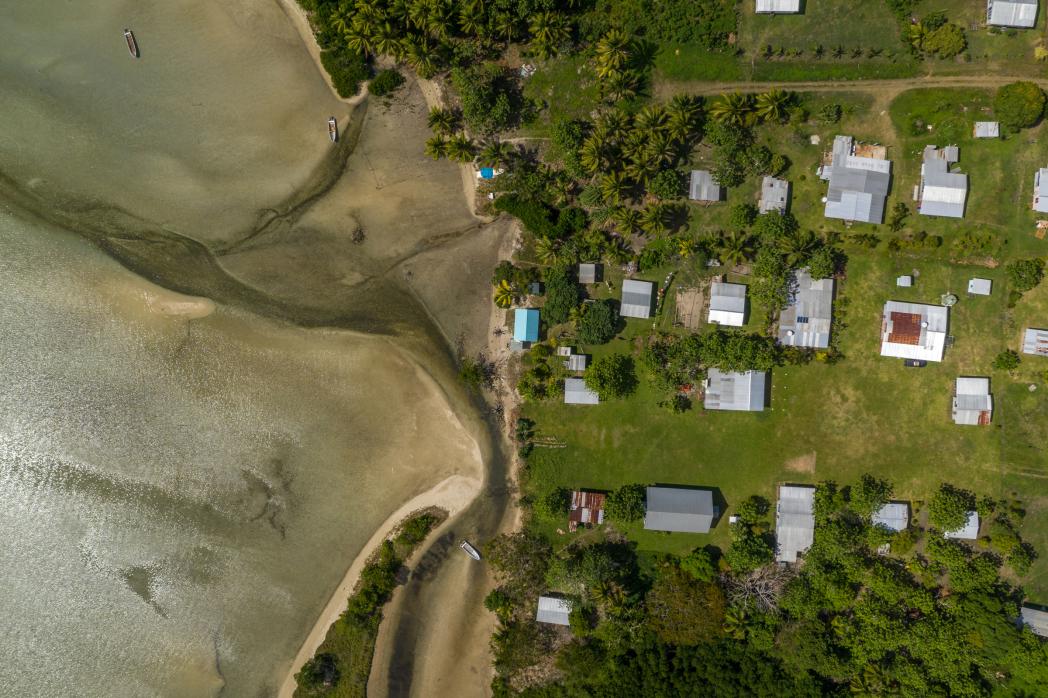
Located in the South Pacific, Fiji is made up of over 300 islands, with many of the population living around the coast. As a country, Fiji is one of the world’s smallest carbon emitters, but it's being confronted with the extreme challenges of climate change nonetheless.
Since 1993, Fiji has recorded a rise in sea level each year. This rapid rise, along with more frequent and extreme storms, and the resulting encroachment of saltwater flooding has made parts of the country uninhabitable.
Raviravi is a small village on the northwest coast of the island of Vanua Levu, in the north of Fiji. People here depend on fishing and farming for food and income, but climate change is taking its toll on this community. During king (highest) tides the seawater regularly floods the houses closest to the beach. Villagers have witnessed the progressing shoreline move 30m inland, flooding their cemetery, killing trees, engulfing farmland, and forcing people to relocate further inland.
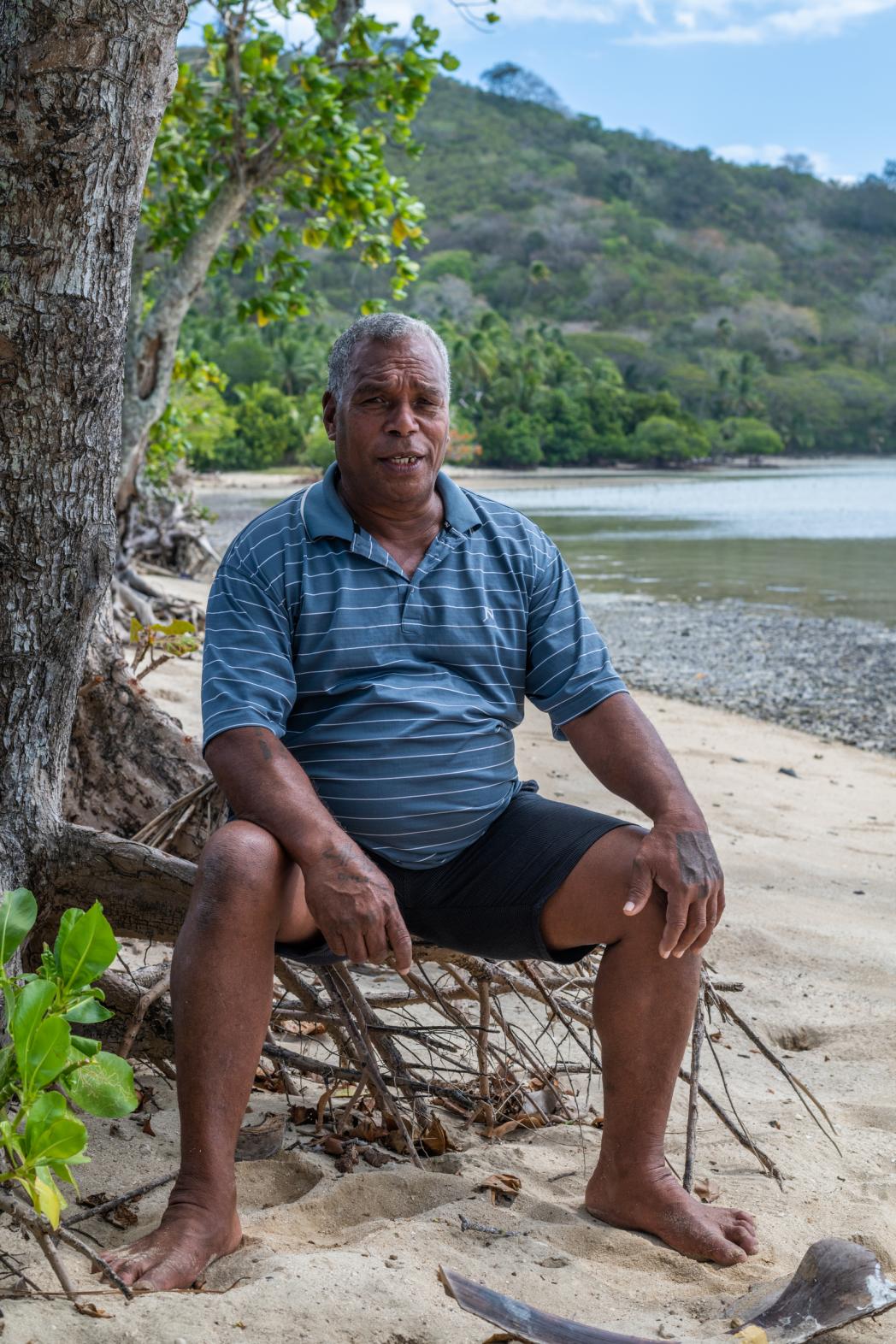
Josateki Manatua has been living in the Raviravi village all his life and has witnessed the changes first hand.
"The shoreline in front of the village is moving inland and it's worse when there's a storm. Our ancestral burial ground is now underwater and so is the site where we used to have our co-operative store. Most of our plantations used to be near the shoreline and since it is now under water, we have to move it inland. We’ve built a sea wall using coconut logs and planted mangroves along the shoreline to mitigate sea level rise and damage from storm surges, but the shoreline has reached some of the houses and the only option for us is to move inland."
What you can do
We're fighting the climate crisis, but we need all the support we can get. Inaction is not an option. Here are 5 ways you can help.
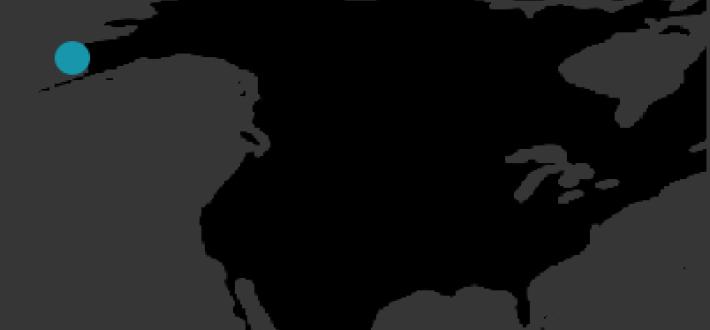
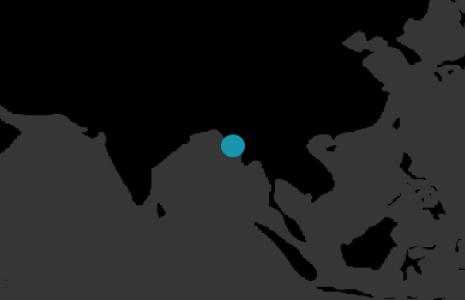
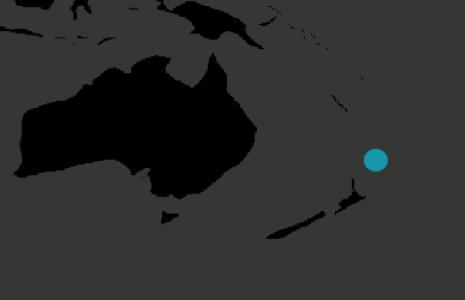
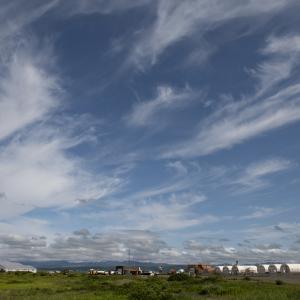
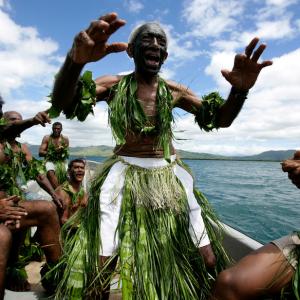
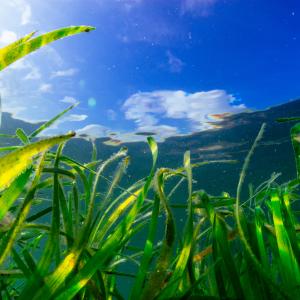
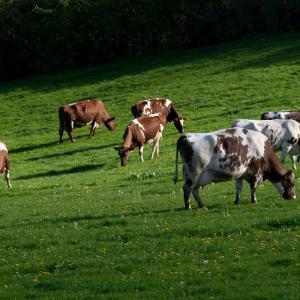 The Future of Feed
The Future of Feed
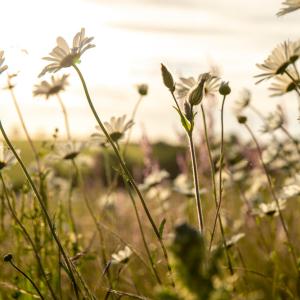 How you helped make a difference in 2021
How you helped make a difference in 2021